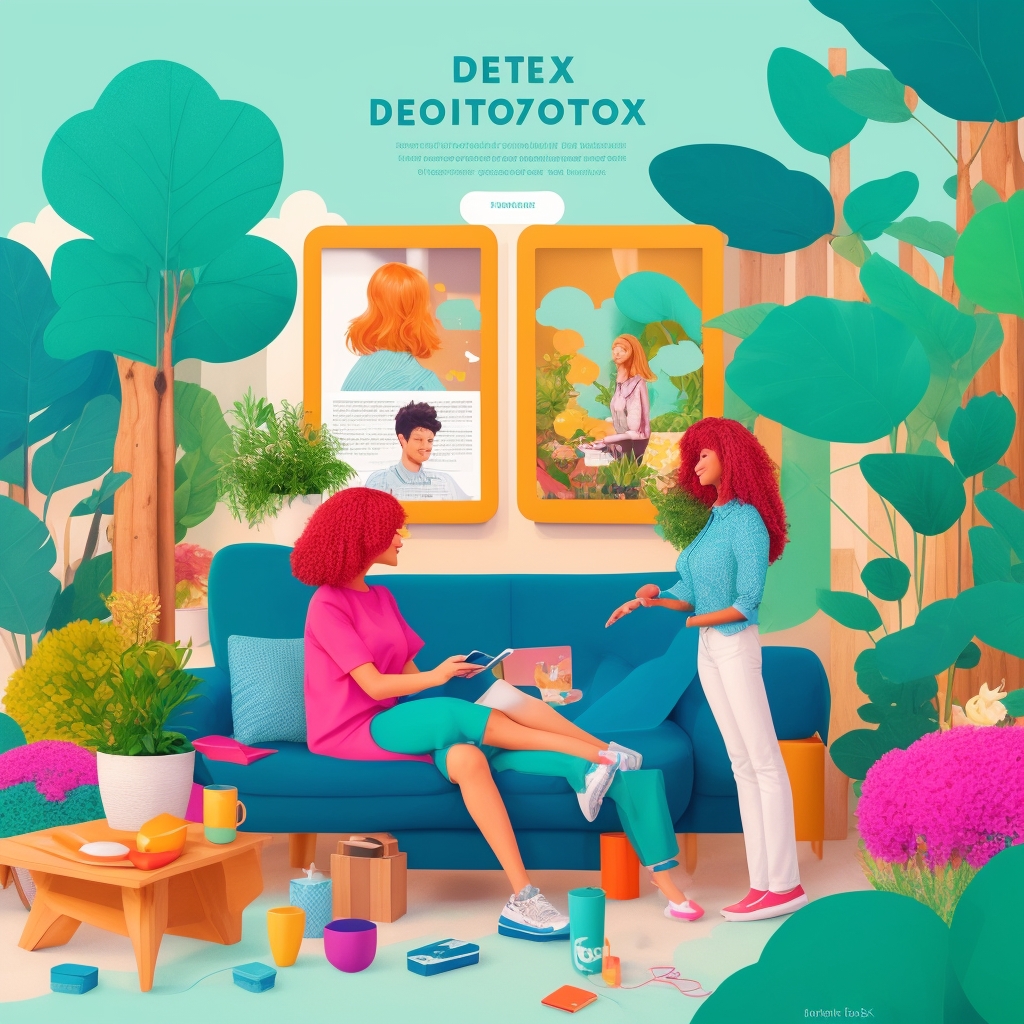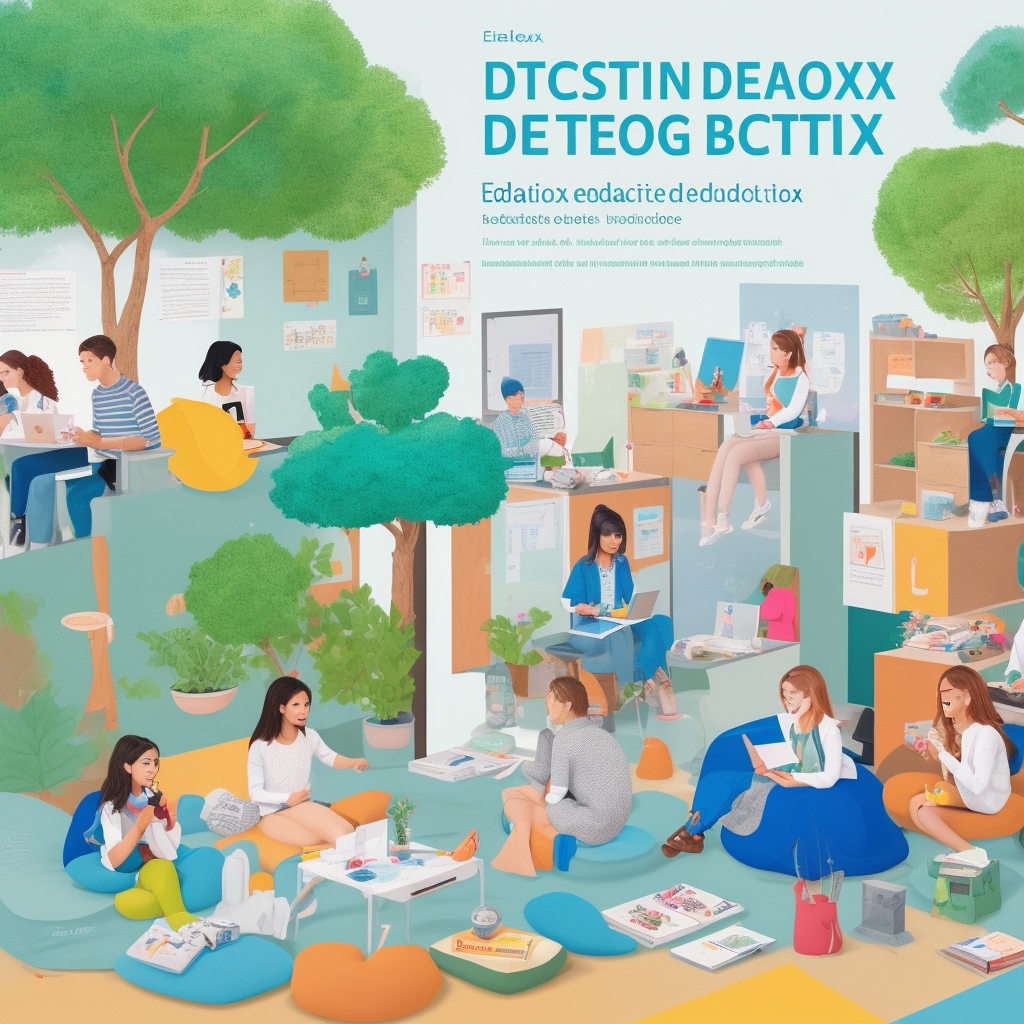In today’s hyper-connected world, digital devices play a pivotal role in our everyday lives. While technology has undoubtedly brought us closer to distant friends and family, it has also created barriers to intimate, face-to-face interactions. This paradox has led to an increasing interest in digital detox practices, which can have profound benefits on mental health and personal relationships. This article delves into how a digital detox can enhance interpersonal connections and provides actionable advice for those ready to unplug.
Understanding Digital Detox
A digital detox refers to a period of refraining from using digital devices such as smartphones, computers, and tablets. This break is designed to reduce stress, increase focus, and improve mental health. It involves setting boundaries with technology, allowing individuals to reconnect with themselves and their surroundings.
The Impact of Technology on Relationships
While technology can facilitate communication, it can also hinder it significantly. The constant ping of notifications and the lure of social media can distract us from engaging in meaningful conversations. According to a study by the Pew Research Center, over 50% of partnered adults in the U.S. say their partner is often distracted by their phone when they are trying to talk to them. This constant distraction can lead to feelings of neglect and disconnection.
How Digital Detox Improves Personal Relationships
1. Enhancing Communication
A digital detox can significantly enhance communication by encouraging individuals to engage in face-to-face interactions. Without the distraction of screens, people can devote their full attention to those around them, leading to deeper and more meaningful conversations.
2. Fostering Emotional Intimacy
Emotional intimacy requires time and attention—two things that are often compromised by excessive digital use. By taking a break from technology, couples and families can spend quality time together, share experiences, and build a stronger emotional bond.
3. Reducing Miscommunication
Digital communication is often rife with misunderstandings due to the lack of non-verbal cues. A digital detox encourages more in-person interactions, where body language and tone of voice can help convey messages more accurately.
4. Improving Mental Health
Mental health is closely linked to the quality of our personal relationships. A digital detox can reduce stress and anxiety caused by constant connectivity, allowing individuals to be more present and attentive in their relationships.
Concrete Examples and Use Cases
-
Family Dinner without Devices: A simple yet effective practice is to implement a no-device rule during family meals. This encourages conversation and connection, allowing family members to share their day and strengthen their bonds.
-
Weekend Getaways: Planning a weekend trip without digital devices can be an excellent way for couples to reconnect. Whether it’s camping in the mountains or a beach retreat, the lack of screens encourages couples to engage with each other and their environment.
-
Scheduled Digital-Free Evenings: Designating specific evenings as digital-free can help couples and families spend quality time together. Activities like board games or cooking together can be both fun and bonding.
Key Points and Best Practices
-
Set Clear Boundaries: Establish specific times or situations where digital devices are off-limits, such as during meals or before bedtime.
-
Communicate Intent: Let friends, family, and colleagues know about your digital detox plans to manage expectations and encourage support.
-
Start Small: Begin with short digital detox periods and gradually increase the duration as you become more comfortable.
-
Engage in Offline Activities: Find hobbies or activities that do not require screens, such as reading, hiking, or crafting, to fill the time previously spent on devices.
-
Reflect and Adjust: Regularly evaluate the impact of the digital detox on your relationships and mental health, and make adjustments as necessary.
FAQ
1. What is a digital detox?
A digital detox is a deliberate break from digital devices to improve mental health and personal relationships by reducing screen time and fostering real-life interactions.
2. How long should a digital detox last?
The length of a digital detox can vary based on individual needs. Some may start with a few hours each day, while others may opt for a full weekend or longer. It’s essential to find a balance that works for you.
3. Can a digital detox improve work relationships?
Yes, a digital detox can improve work relationships by reducing misunderstandings caused by digital communication and encouraging more in-person discussions that build trust and collaboration.
4. How can I convince my partner to try a digital detox?
Start by discussing the potential benefits and suggesting a trial period. Emphasize how it can strengthen your relationship and improve mental well-being.
5. Are there any tools to help with a digital detox?
Several apps can assist with a digital detox by tracking screen time and setting usage limits. However, the ultimate goal is to cultivate self-discipline and awareness.
Conclusion
In a world dominated by screens, a digital detox offers a pathway to rediscovering the joys of human connection. By reducing digital distractions, individuals can improve their mental health and forge stronger, more meaningful personal relationships. Whether through small daily practices or extended breaks, the benefits of unplugging can be profound and lasting. Embrace the opportunity to engage fully with those around you and experience the positive transformation it can bring to your personal life.







